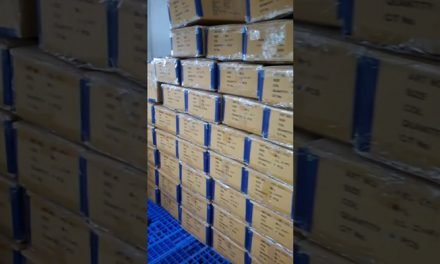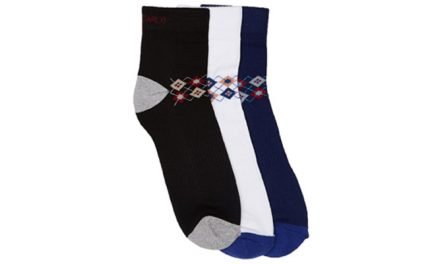 The Government is likely to announce adjustments in the duty structure for the $200-bn Indian apparel and textile sector in the Union budget next month in a bid to improve Indian competitiveness in cash-strapped Western markets, a Senior Government official said.
The Government is likely to announce adjustments in the duty structure for the $200-bn Indian apparel and textile sector in the Union budget next month in a bid to improve Indian competitiveness in cash-strapped Western markets, a Senior Government official said.
Textile manufacturers say they have been forced to cut production days due to high cotton prices. At the same time, exports of cotton yarn—a key raw material —are expected to register a degrowth of 28-30% in FY23 due to weakening global demand. “Our thinking is to avoid inverted [duty] structure in trade and to make sure that if it is necessary to import raw material, the price should not be excessive, which will make our final product uncompetitive,” said the official cited above.
To be sure, higher cotton production in the new cotton season of 2022-23 could yet ease cotton prices.
Mismatch in demand and supply during the ongoing financial year had driven Indian cotton prices to a record high of Rs. 1 lakh per candy at one point. As a result, imports recorded a sharp growth. Imports of ‘Cotton Raw & Waste’ jumped 260 percent to $1.3 bn between April and November 2022, compared to $361.83 mn during the comparable period a year ago. “Meanwhile, we are taking steps to boost the production of cotton by implementing newer techniques for efficient farming. Branding activity of Indian varieties of cotton, such as ‘Kasturi cotton’ is also taken up in collaboration with the industry, which will have a long-term positive impact on the industry. Free trade agreements, especially with the EU, UK and Australia, will open up large markets for Indian textile products,” the official added.
Seeking an exemption from import duty on cotton, Atul S. Ganatra, President of the Cotton Association of India, said, “the government has imposed an 11 percent import duty on cotton from 2 February 2021. This has drastically eroded the competitiveness of our value-added products in the international markets, and our textile industry, which is the second largest employment provider in the country, is now constrained to work with only 50 percent of its installed capacity.”
Expressing concern over the availability of extra-long staple (ELS) cotton in the country, the association said that every year India requires around 2 million bales of extra-long staple cotton but produces around half a million and that cotton farmers should be given additional MSP to boost ELS cotton production.
“We have been seeking removal of duty on cotton …largely on extra-long-staple cotton which India does not have…as cotton prices are under stress. And the import of this does not in any way impact the farmer… so the sensitivity for it is also not there. Raw materials like these are very seasonal, and it is very critical to the value chain. It can be a much calibrated move also,” said Chandrima Chatterjee, Secretary General of the Confederation of Indian Textile Industry (CITI).
Industry representatives also said that there exists a tax anomaly that falls under the ambit of the GST council, which needs correction. Market reported last year that the GST Council had decided to put on hold a decision to raise the tax rate on several items in the textiles and apparel industry amid pressure from businesses. Finance Minister Nirmala Sitharaman had said the GST Council decided to retain the status quo refraining from implementing a planned correction of tax anomaly in the textile sector that warranted an increase in the tax rate from 5 percent to 12 percent from 1 January last year.
Queries sent to the ministries of commerce and industry and textile remained unanswered till press time.





















